Home>Home Appliances>Kitchen Appliances>What Is An Electric Kettle
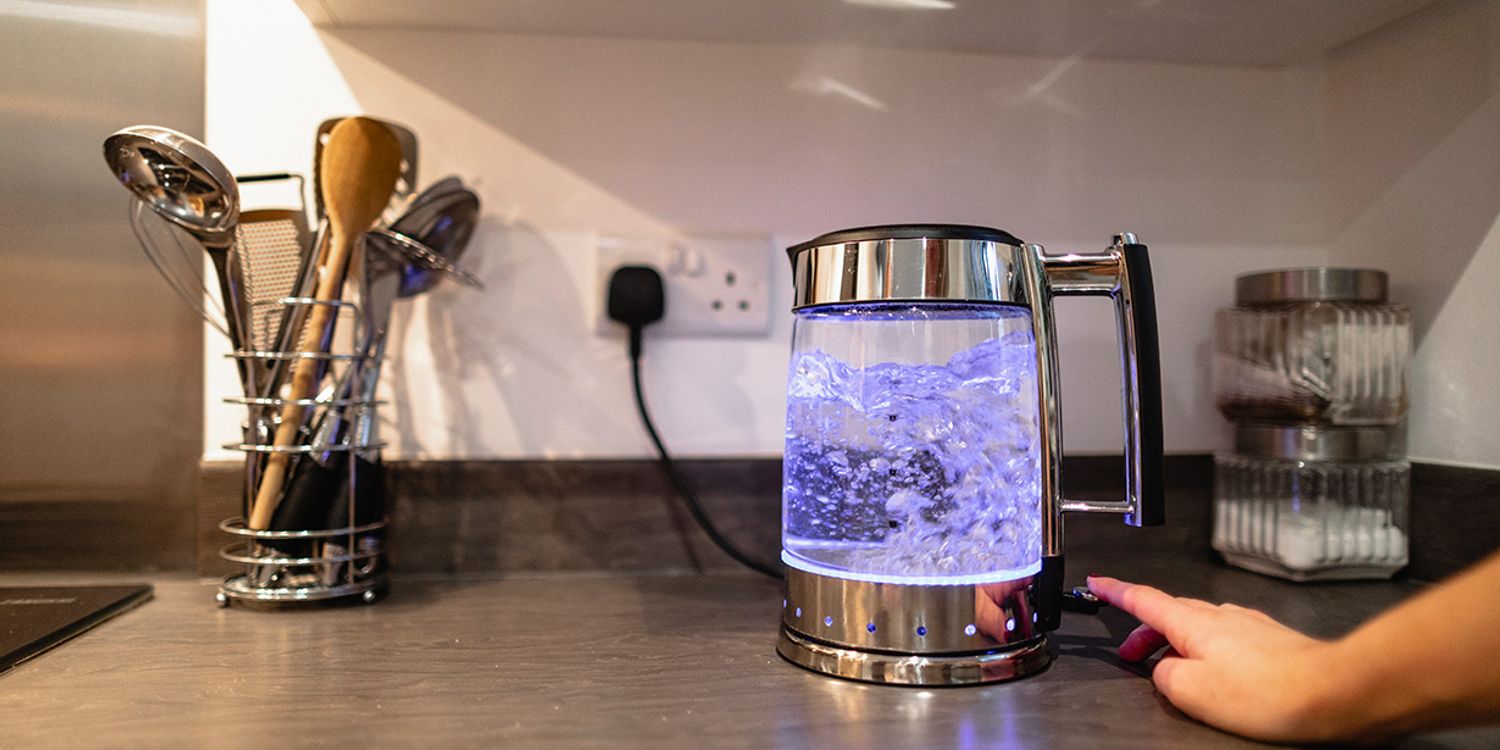

Kitchen Appliances
What Is An Electric Kettle
Modified: January 9, 2024
Discover the convenience of electric kettles for your kitchen. Learn about their features, benefits, and how they can simplify your daily routine. Ideal for any modern kitchen.
(Many of the links in this article redirect to a specific reviewed product. Your purchase of these products through affiliate links helps to generate commission for Storables.com, at no extra cost. Learn more)
Introduction
Welcome to the world of electric kettles, where convenience meets efficiency. In today’s fast-paced lifestyle, a steaming cup of tea or coffee is often the much-needed respite from the daily hustle. Electric kettles have become an indispensable appliance in modern kitchens, offering a quick and effortless way to heat water for various purposes. Whether you need hot water for your morning brew, instant noodles, or a soothing hot water bottle, an electric kettle can swiftly deliver the desired temperature without the need for a stovetop or microwave.
As we delve into the realm of electric kettles, we’ll explore their evolution, functionality, advantages, and considerations for choosing the right one for your needs. Furthermore, we’ll uncover the inner workings of these time-saving devices and weigh their pros and cons to provide you with a comprehensive understanding of their role in the contemporary kitchen.
So, grab your favorite mug, settle into a cozy spot, and join us on a journey to unravel the wonders of electric kettles.
Key Takeaways:
- Electric kettles revolutionize water heating with speed, safety, and style, making daily routines easier and beverages more enjoyable.
- When choosing an electric kettle, consider capacity, material, safety features, and energy efficiency to find the perfect fit for your needs and kitchen.
Read more: What Is An Electric Kettle Used For
History of Electric Kettles
The concept of heating water in a vessel predates the invention of electric kettles by centuries. Early civilizations relied on various methods such as placing vessels directly over open flames or using heated stones to raise the water’s temperature. The evolution of heating vessels eventually led to the invention of the stovetop kettle, which became a staple in households worldwide.
The transition to electric kettles marked a significant advancement in the way water is heated. The first electric kettle was developed in the late 19th century, revolutionizing the process of boiling water. Crompton & Company, a British electrical engineering firm, introduced the world’s first electric kettle in 1891. This pioneering appliance, known as the “Crompton’s kettle,” featured an immersed heating element that rapidly heated water when connected to a power source.
Over the decades, electric kettles underwent continuous refinement and enhancement, leading to improved safety features, energy efficiency, and sleek designs. The integration of automatic shut-off mechanisms and cordless designs further elevated the convenience and safety of electric kettles, making them a must-have in modern kitchens.
Today, electric kettles are available in a myriad of styles and capacities, catering to diverse consumer preferences. From traditional stovetop designs to innovative glass and stainless-steel models, electric kettles have evolved to complement various kitchen aesthetics while delivering rapid and precise water heating.
The history of electric kettles is a testament to human ingenuity and the relentless pursuit of convenience. As these appliances continue to evolve, they remain a testament to the timeless appeal of a perfectly heated cup of water at the touch of a button.
How Electric Kettles Work
Electric kettles operate on a straightforward yet ingenious mechanism that enables rapid water heating with precision. At the core of their functionality is an electric heating element, typically made of stainless steel, concealed within the base of the kettle. When the kettle is plugged into a power source, the heating element generates heat, which is then transferred directly to the water.
Upon switching on the kettle, the electric current flows through the heating element, causing resistance that generates heat. This heat is then transmitted to the water, elevating its temperature until it reaches the boiling point. Most electric kettles are equipped with a thermostat that automatically shuts off the heating element once the water reaches the desired temperature, ensuring safety and energy efficiency.
Furthermore, modern electric kettles often feature a 360-degree rotational base, allowing for easy placement and retrieval from any angle. This design element enhances the user experience by eliminating the hassle of aligning the kettle with the power source, offering seamless usability for individuals of all ages.
Additionally, electric kettles are designed with safety features such as boil-dry protection, which prevents the heating element from operating when there is insufficient water in the kettle. This safeguard not only prolongs the kettle’s lifespan but also mitigates the risk of accidents due to overheating.
Electric kettles also come with user-friendly controls, including power switches, temperature settings, and indicator lights to signal when the water has reached the desired temperature. Some advanced models even offer variable temperature settings, catering to specific requirements such as brewing delicate teas or preparing baby formula at precise temperatures.
Overall, the seamless operation and user-friendly features of electric kettles make them a valuable addition to any kitchen, offering unparalleled convenience and efficiency in heating water for various culinary and beverage preparations.
Advantages of Electric Kettles
Electric kettles have garnered widespread popularity due to their array of advantages, making them a favored choice for heating water in both residential and commercial settings. Here are some key benefits of electric kettles:
- Rapid Heating: Electric kettles are designed for swift water heating, significantly reducing the time required to reach the boiling point compared to traditional stovetop methods. This rapid heating is particularly advantageous for individuals with busy schedules or those seeking instant hot water for beverages and culinary tasks.
- Energy Efficiency: The focused heating mechanism of electric kettles minimizes energy wastage, as the heating element directly targets the water without dissipating heat to the surrounding environment. This efficiency translates to lower energy consumption and reduced utility costs over time.
- Convenience: With user-friendly features such as cordless designs, ergonomic handles, and easy-to-operate controls, electric kettles offer unparalleled convenience. The ability to swiftly heat water at the touch of a button simplifies daily routines, whether it’s brewing tea, preparing instant soups, or sterilizing baby bottles.
- Precision Temperature Control: Many electric kettles are equipped with precise temperature settings, allowing users to heat water to specific degrees suitable for various beverages and culinary applications. This feature is particularly beneficial for tea enthusiasts and coffee aficionados who require precise water temperatures for optimal flavor extraction.
- Safety Features: Electric kettles are engineered with safety in mind, incorporating features such as automatic shut-off mechanisms and boil-dry protection. These safeguards mitigate the risk of accidents and ensure that the kettle operates safely, even in the absence of constant supervision.
- Portability: The compact and lightweight nature of electric kettles makes them easily transportable, whether for use in different rooms within the home or during travel. Their portability adds to their versatility, catering to the needs of individuals on the go.
- Modern Aesthetics: Electric kettles are available in a wide range of designs, materials, and finishes, allowing users to select a model that complements their kitchen decor and personal style. Whether it’s a sleek stainless-steel kettle or a transparent glass variant, these appliances add a touch of modernity to any kitchen space.
These advantages collectively position electric kettles as indispensable appliances, streamlining the process of water heating while enhancing everyday convenience and efficiency.
When using an electric kettle, always make sure to fill it with the right amount of water for your needs. Overfilling can cause the water to spill out when boiling, while underfilling can damage the kettle.
Disadvantages of Electric Kettles
While electric kettles offer numerous benefits, it’s important to consider their potential drawbacks to make an informed decision about their suitability for your needs. Here are some disadvantages associated with electric kettles:
- Initial Cost: Compared to traditional stovetop kettles, electric kettles may have a higher upfront cost due to their advanced heating technology and additional features. However, it’s essential to weigh this initial investment against the long-term benefits and convenience offered by electric kettles.
- Reliance on Electricity: Electric kettles depend on a power source for operation, which means they may not be suitable for use in areas with unreliable electricity supply or during power outages. This reliance on electricity limits their functionality in certain situations.
- Capacity Limitations: Some electric kettles have a limited water capacity compared to stovetop models, which may be a consideration for individuals requiring large volumes of hot water at once, such as when hosting gatherings or events.
- Heat Retention: Unlike stovetop kettles, which can often retain heat for a longer duration after being removed from the heat source, electric kettles may lose heat more quickly once unplugged. This can be a factor to consider for those who prefer prolonged heat retention for specific applications.
- Additional Counter Space: The presence of an electric kettle on the kitchen counter requires dedicated space and access to a power outlet. For individuals with limited counter space or those who prioritize minimalistic kitchen aesthetics, this may pose a challenge in terms of placement and storage.
- Water Quality Concerns: In regions with hard water or water with high mineral content, electric kettles may be susceptible to limescale buildup over time. Regular descaling maintenance is necessary to ensure optimal performance and longevity of the kettle.
- Material Considerations: Some electric kettles are constructed from materials that may raise concerns for certain users, such as plastic components that come into contact with hot water. Individuals with specific preferences for materials may need to carefully select a kettle that aligns with their requirements.
By acknowledging these potential drawbacks, consumers can make informed decisions when evaluating the suitability of electric kettles for their lifestyle and culinary needs. Despite these considerations, the advantages of electric kettles often outweigh these limitations for many users.
Choosing the Right Electric Kettle
When embarking on the quest to select the perfect electric kettle, several factors come into play to ensure that the chosen appliance aligns with your specific requirements and preferences. Consider the following aspects when choosing the right electric kettle:
- Capacity: Determine the ideal water capacity based on your typical usage. Whether you need a kettle for personal use or to cater to a larger household, selecting the appropriate capacity ensures that you can efficiently meet your hot water needs without frequent refills.
- Material: Electric kettles are available in various materials such as stainless steel, glass, and plastic. Consider factors such as durability, heat retention, and aesthetic appeal when choosing the material that best suits your preferences and kitchen decor.
- Boil Speed: Assess the boil speed of different electric kettle models, as this can vary based on the wattage and heating technology employed. Faster boil times may be a priority for individuals seeking expedited water heating.
- Temperature Control: If precise temperature settings are essential for your brewing preferences or culinary requirements, opt for a kettle with variable temperature control capabilities. This feature allows you to heat water to specific temperatures suited for different beverages and recipes.
- Design and Ergonomics: Evaluate the design elements and ergonomics of the kettle, including handle comfort, spout design for precise pouring, and ease of cleaning. A well-designed kettle enhances usability and contributes to a seamless user experience.
- Safety Features: Prioritize kettles equipped with safety features such as automatic shut-off, boil-dry protection, and heat-resistant handles to ensure safe and worry-free operation.
- Energy Efficiency: Look for energy-efficient models that optimize power usage and minimize energy consumption, contributing to cost savings and environmental sustainability.
- Maintenance and Cleaning: Consider the ease of maintenance and descaling requirements for the chosen kettle, especially in areas with hard water. Removable and easy-to-clean components simplify the upkeep of the kettle.
- User Reviews and Reputation: Research user reviews and the reputation of different kettle brands to gauge the overall satisfaction, reliability, and performance of the products under consideration.
By carefully evaluating these factors, you can make an informed decision when selecting an electric kettle that seamlessly integrates into your daily routine, aligns with your preferences, and delivers efficient and reliable hot water solutions.
Conclusion
Electric kettles have undoubtedly transformed the way we heat water, offering unparalleled convenience, efficiency, and safety in the modern kitchen. From their humble beginnings as pioneering electrical appliances to their contemporary iterations featuring advanced heating technology and ergonomic designs, electric kettles have become an indispensable companion for tea enthusiasts, coffee lovers, culinary enthusiasts, and individuals seeking quick and reliable hot water solutions.
The evolution of electric kettles reflects a harmonious blend of innovation, functionality, and user-centric design, catering to diverse preferences and lifestyles. Their rapid boil times, energy efficiency, precise temperature control, and safety features have elevated the art of water heating, simplifying daily routines and enhancing the enjoyment of hot beverages and culinary endeavors.
As consumers navigate the myriad options available, the process of choosing the right electric kettle involves thoughtful consideration of factors such as capacity, material, boil speed, temperature control, design, safety features, energy efficiency, and maintenance requirements. By prioritizing these considerations, individuals can select a kettle that harmonizes with their specific needs and aligns with their vision for a seamless and efficient hot water solution.
In essence, electric kettles encapsulate the essence of modern convenience, offering a harmonious blend of practicality, innovation, and user-friendly functionality. Whether it’s the morning ritual of brewing a perfect cup of tea or the swift preparation of hot water for culinary creations, electric kettles stand as a testament to the timeless pursuit of efficiency and comfort in the heart of the home—the kitchen.
So, as you embark on your journey to select the ideal electric kettle, may your choice bring an abundance of steaming hot water, effortless convenience, and delightful moments of culinary and beverage indulgence into your daily life.
Frequently Asked Questions about What Is An Electric Kettle
Was this page helpful?
At Storables.com, we guarantee accurate and reliable information. Our content, validated by Expert Board Contributors, is crafted following stringent Editorial Policies. We're committed to providing you with well-researched, expert-backed insights for all your informational needs.
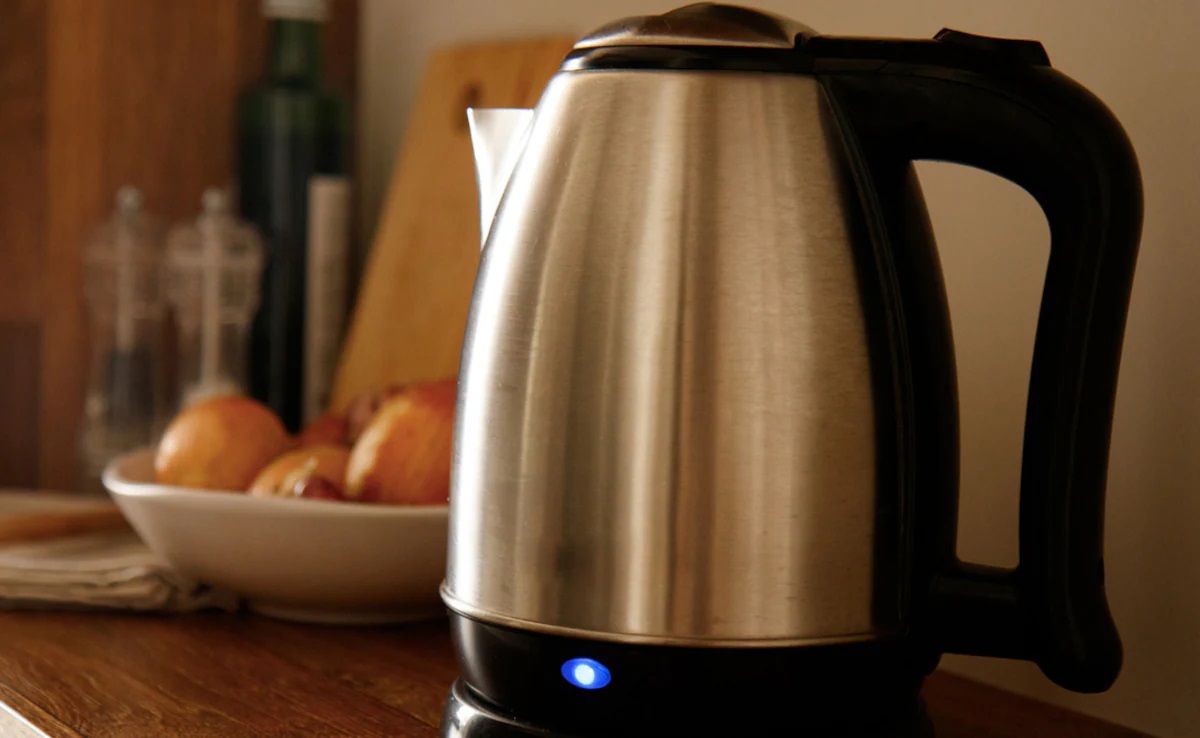
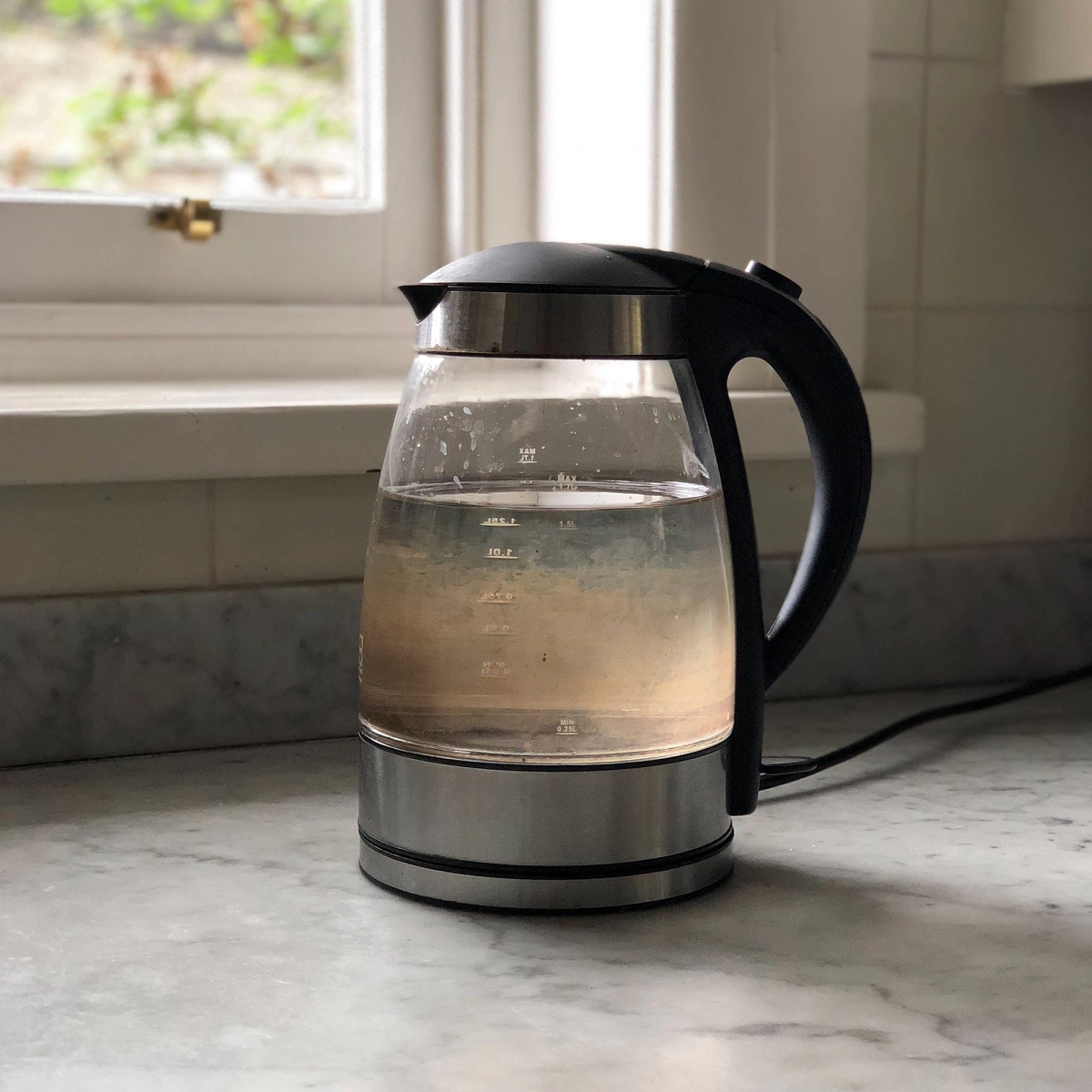
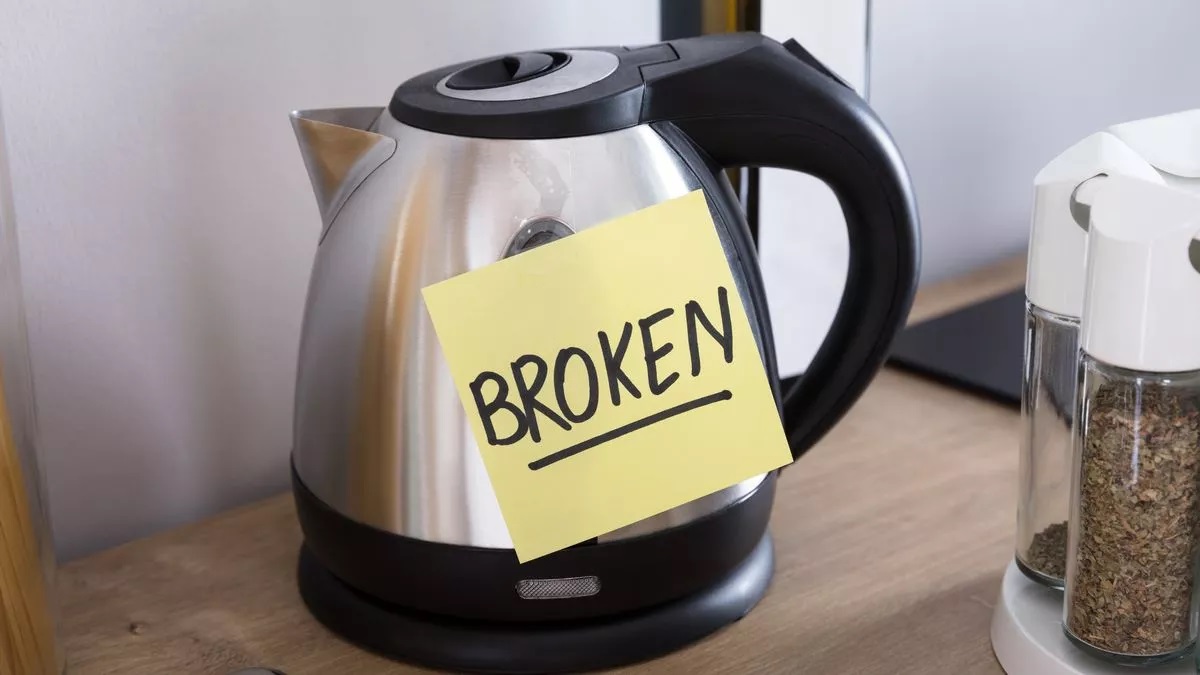
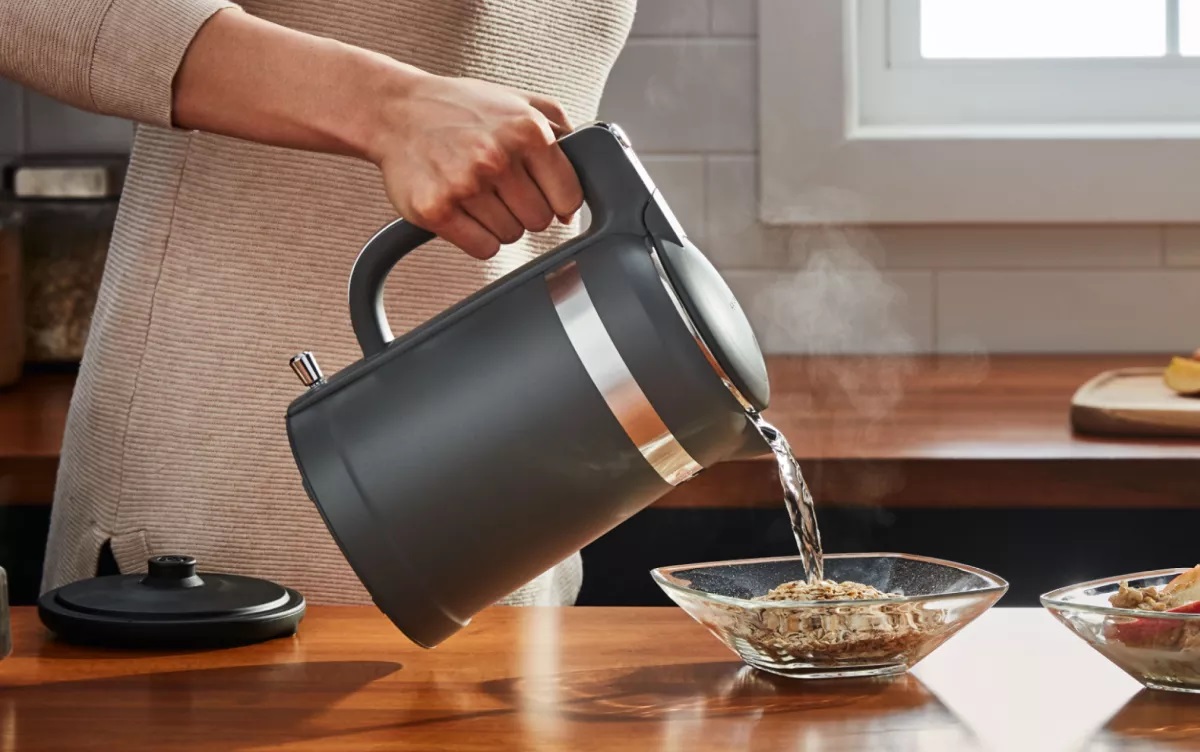
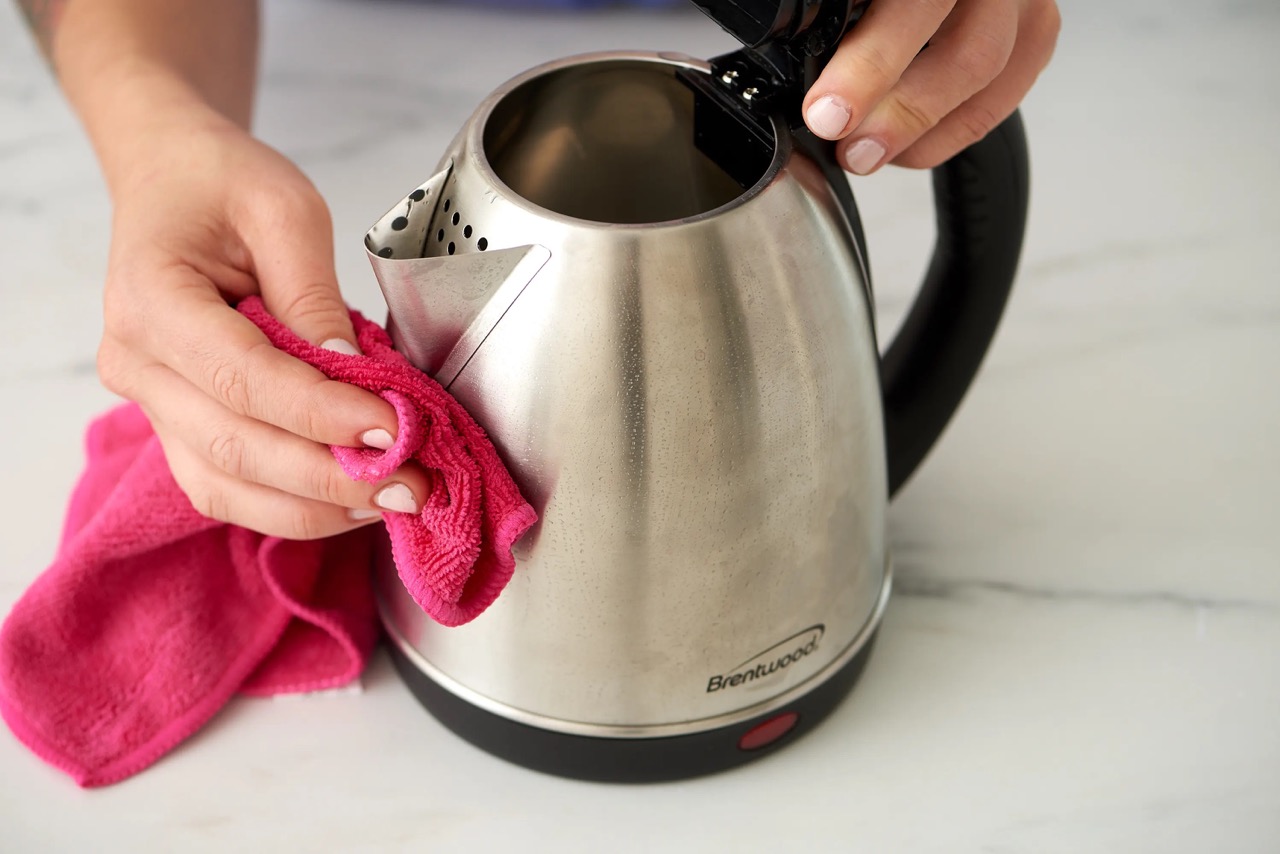
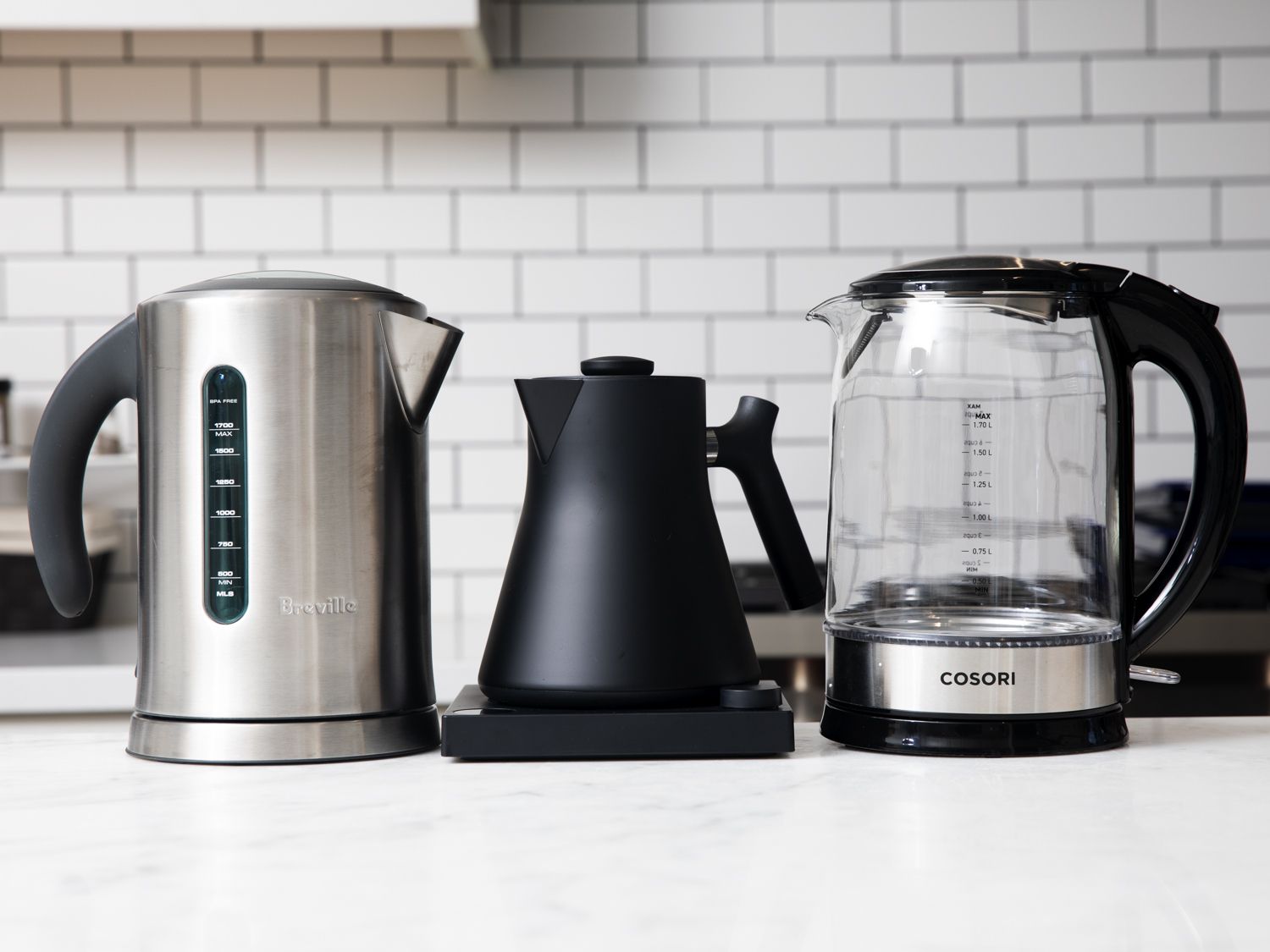
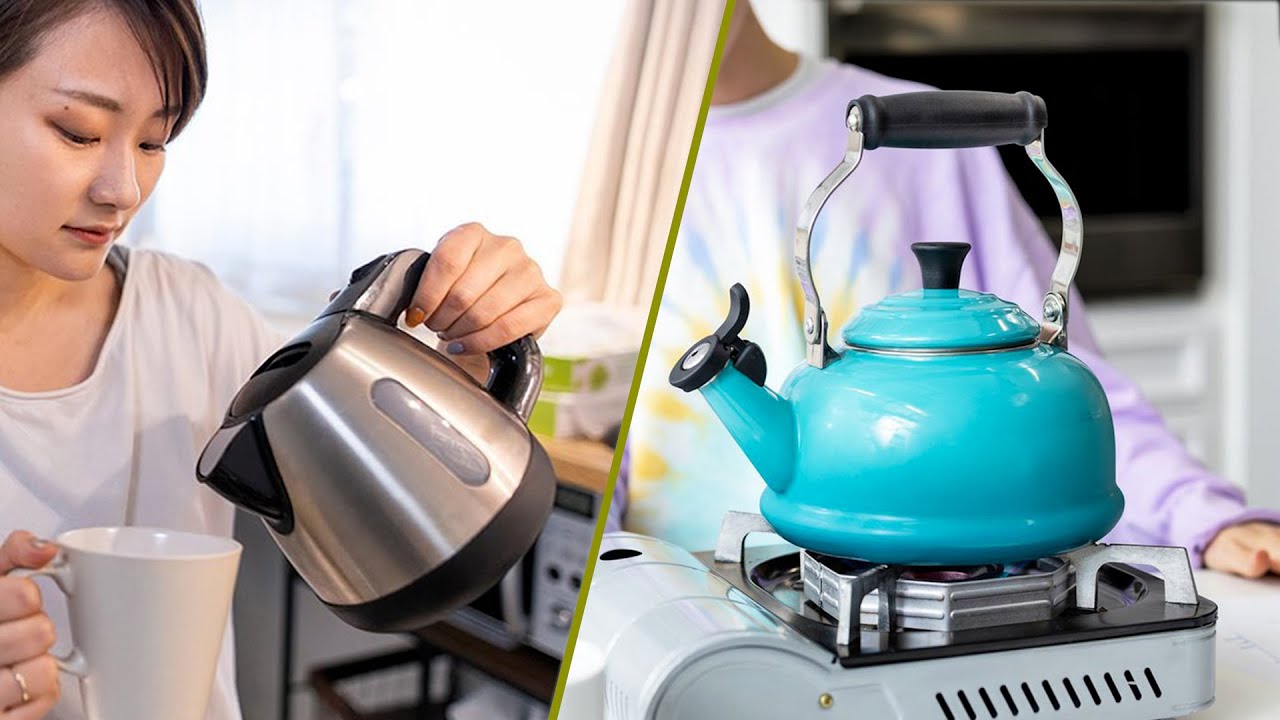
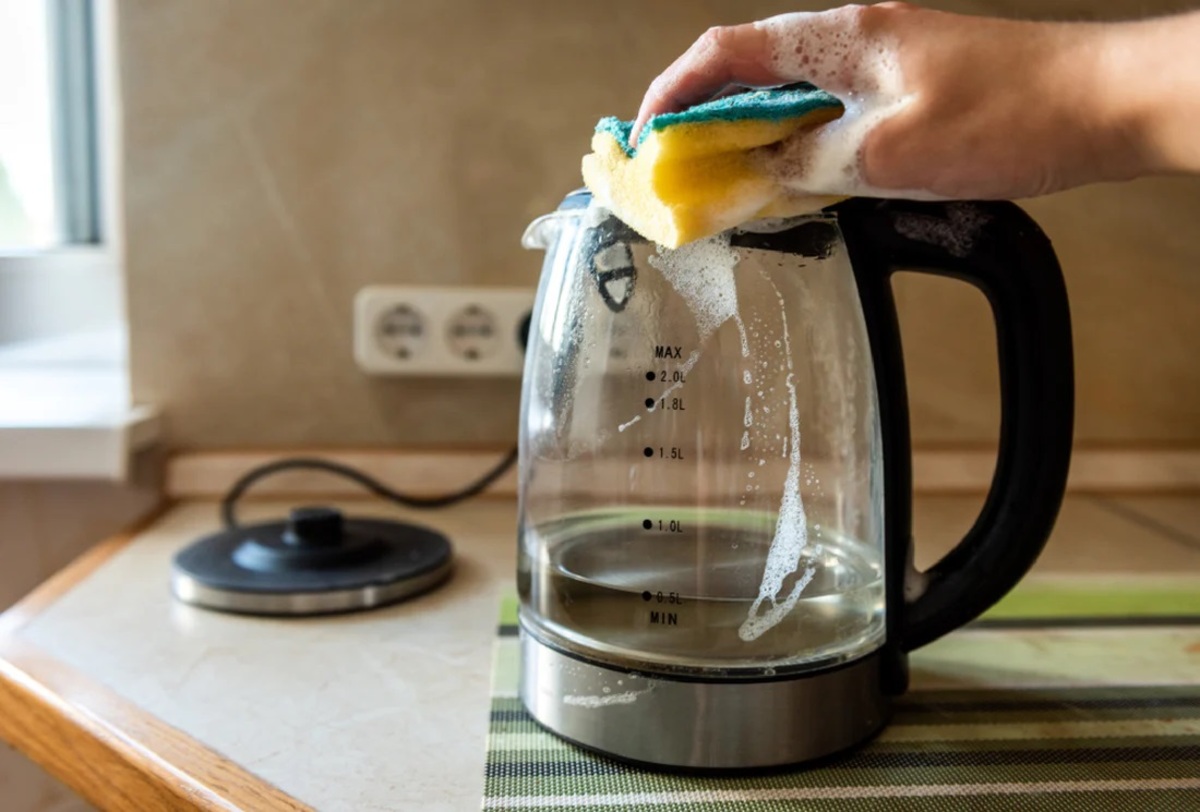
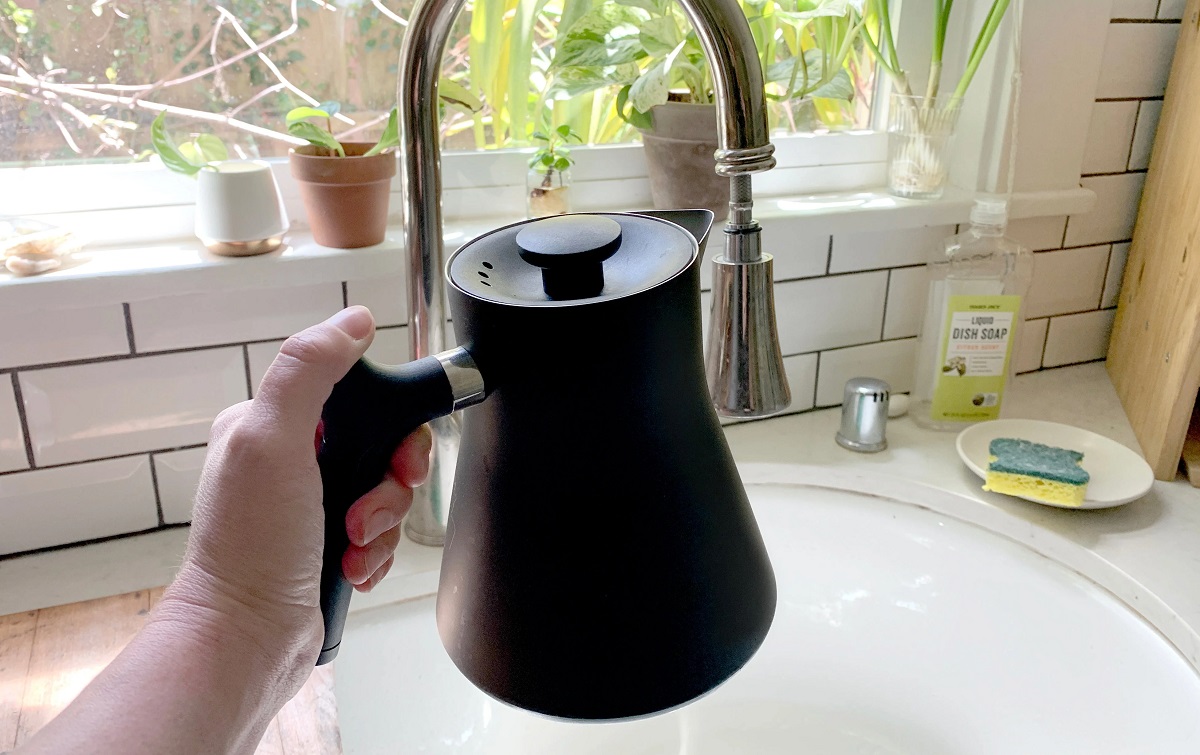
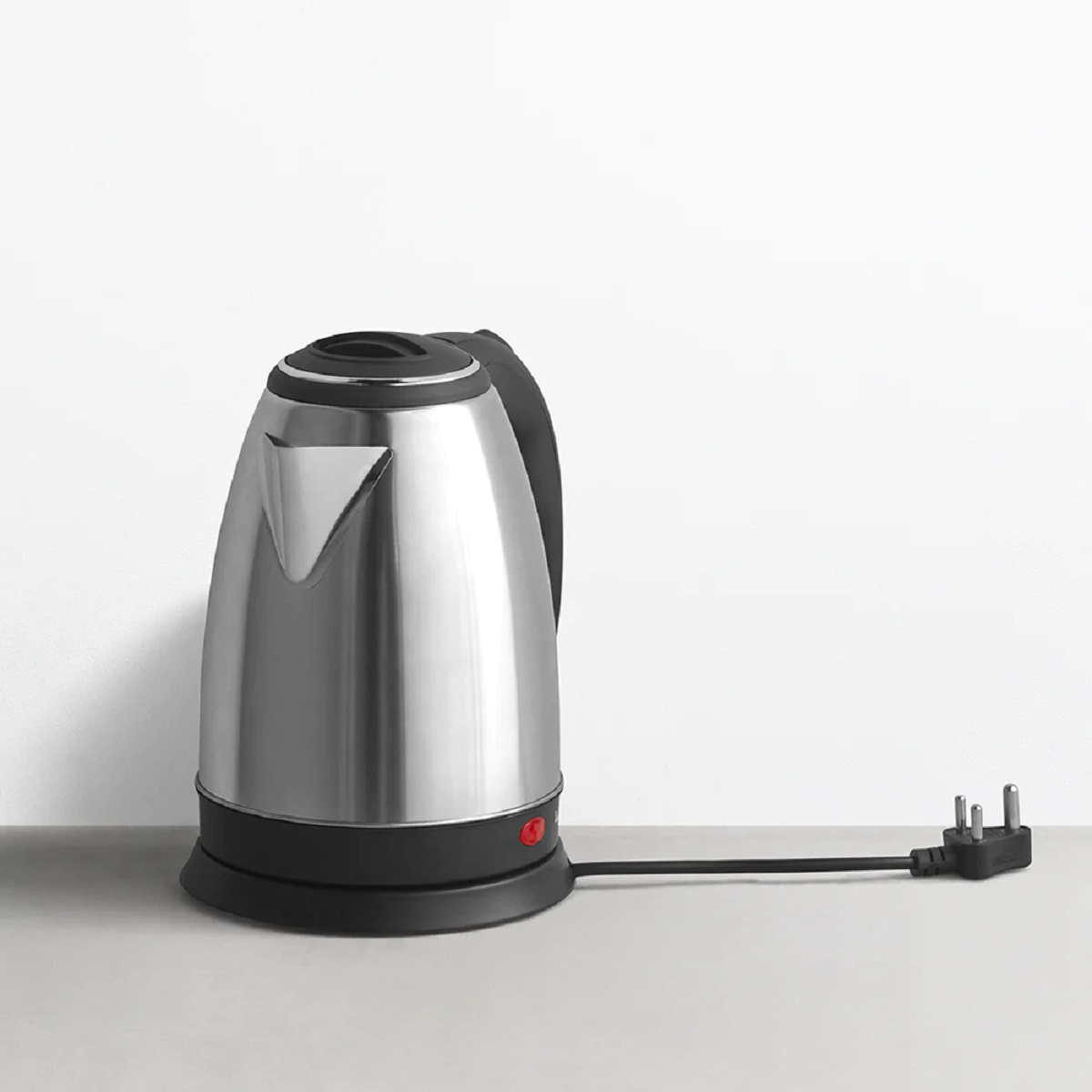
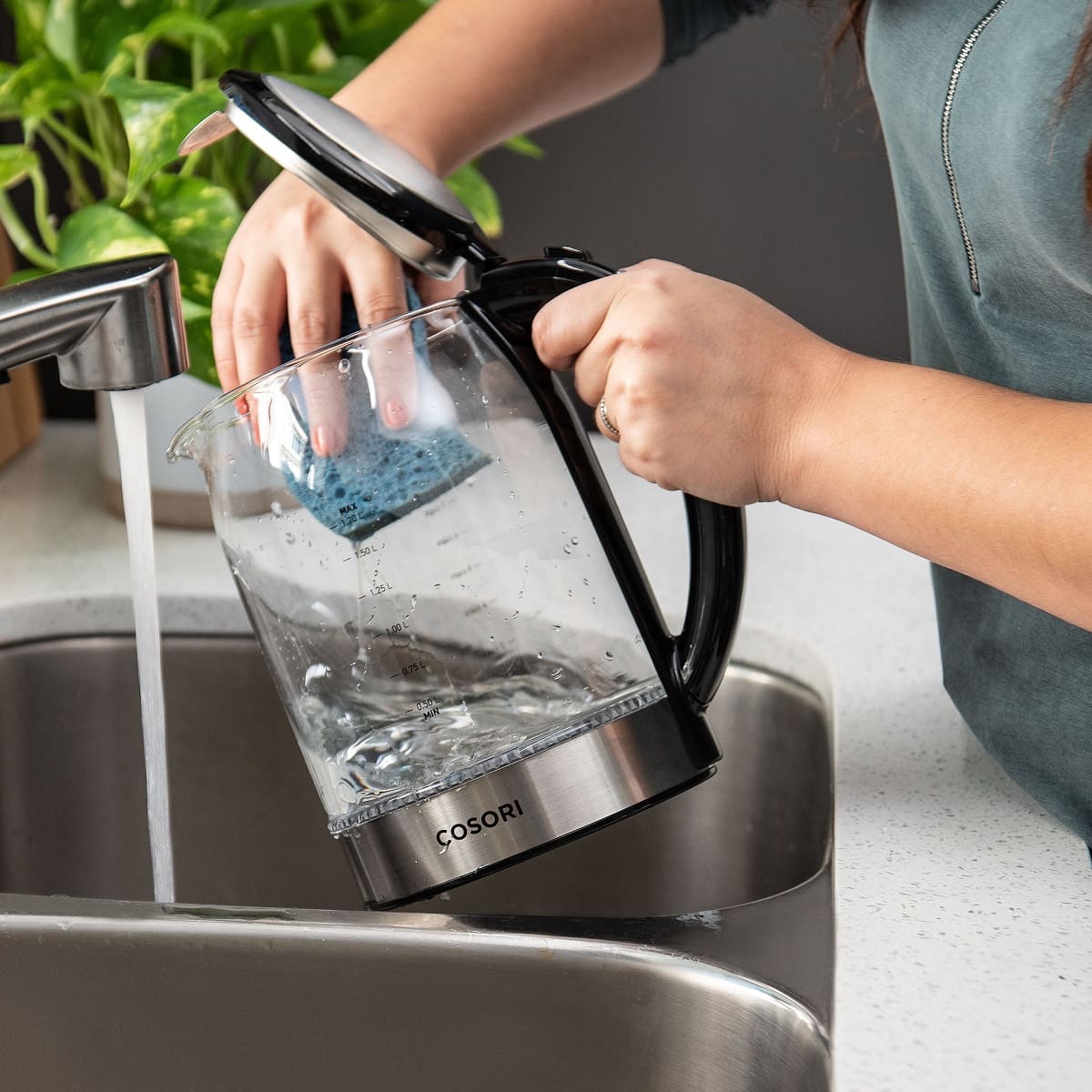
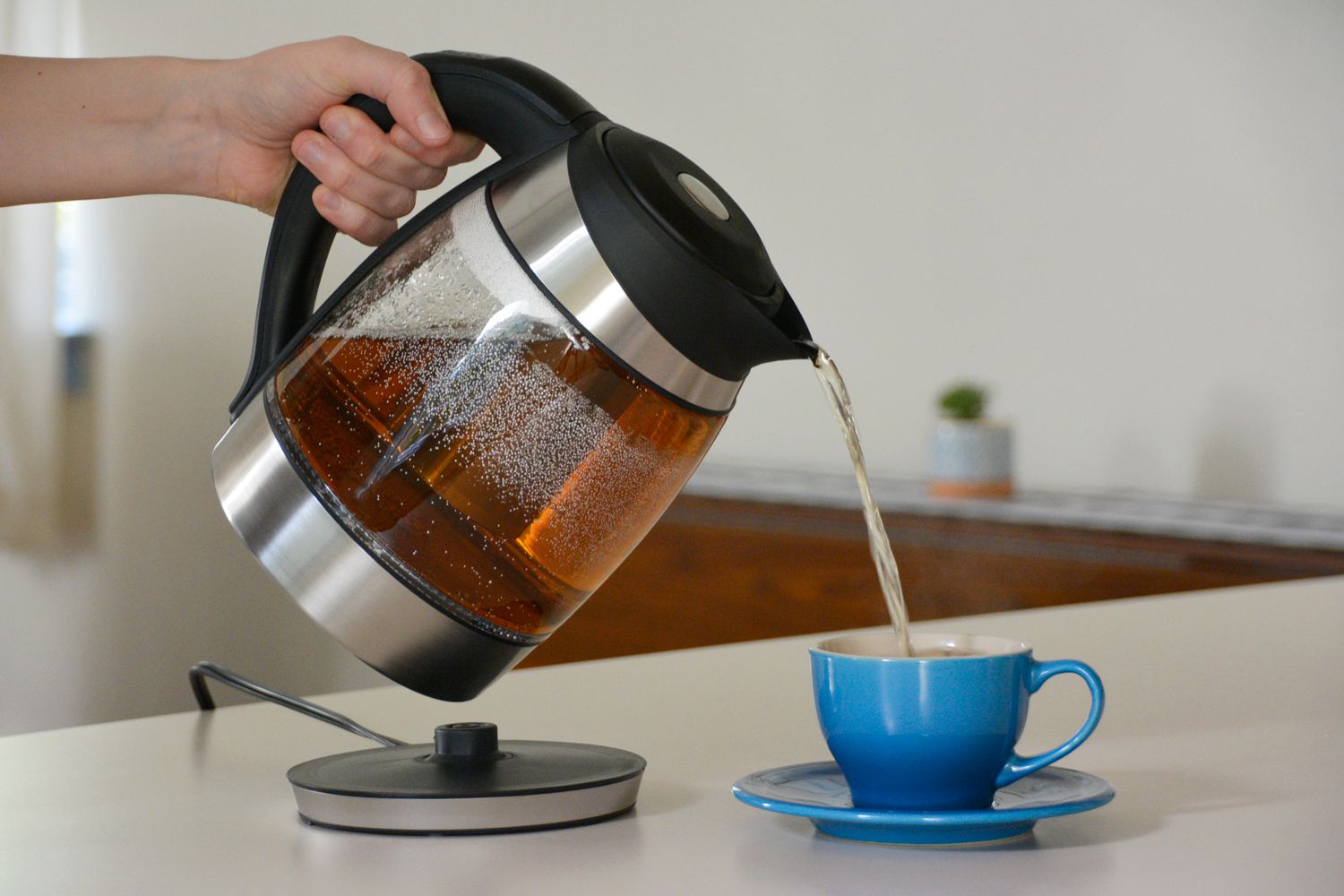
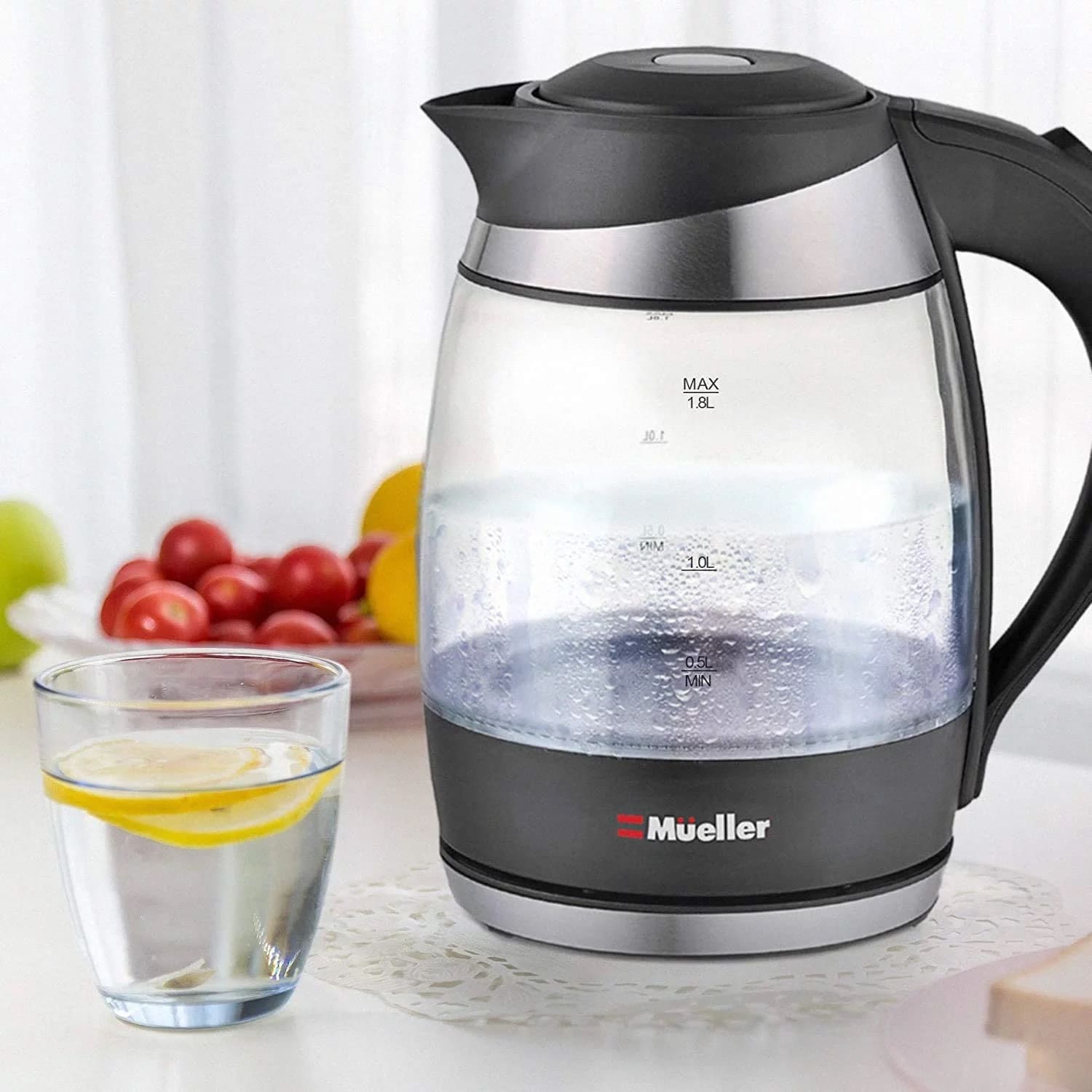
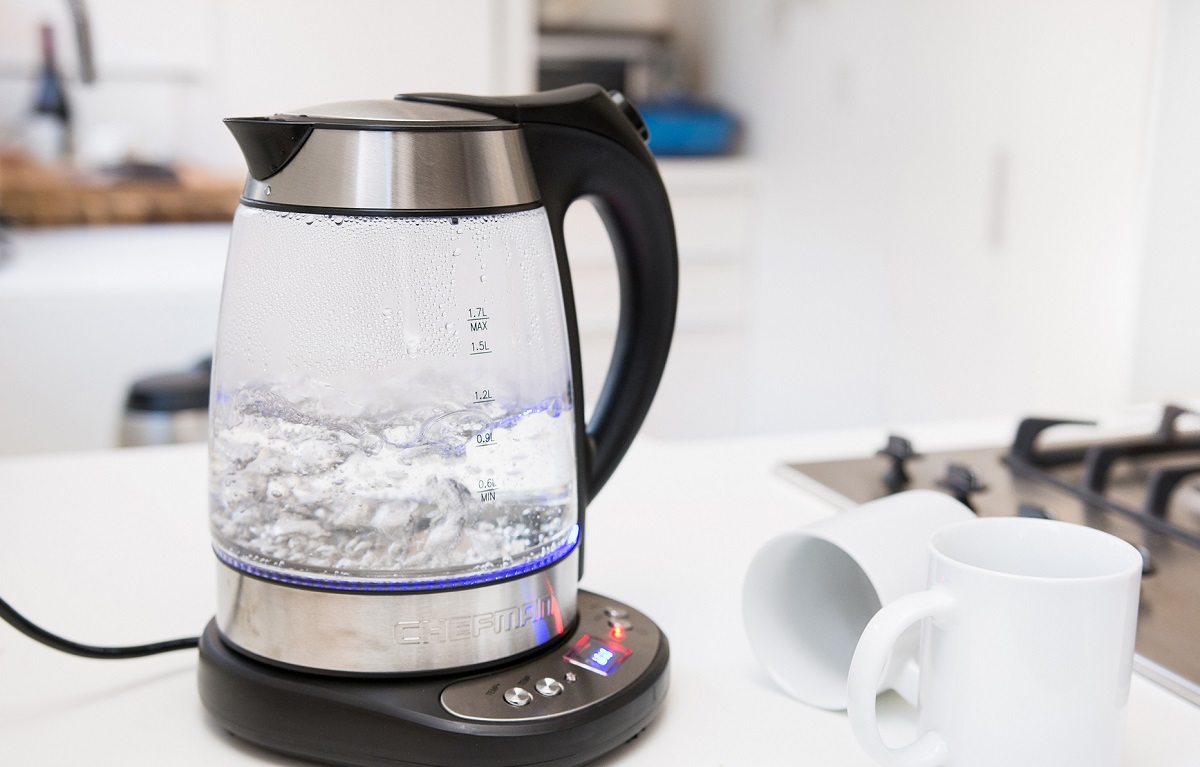

0 thoughts on “What Is An Electric Kettle”